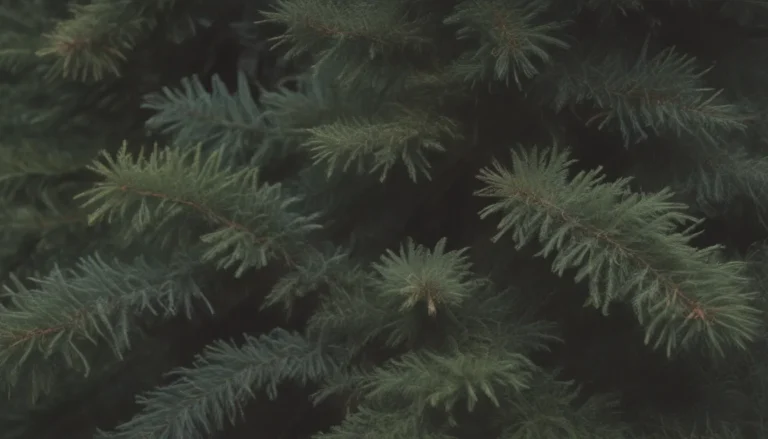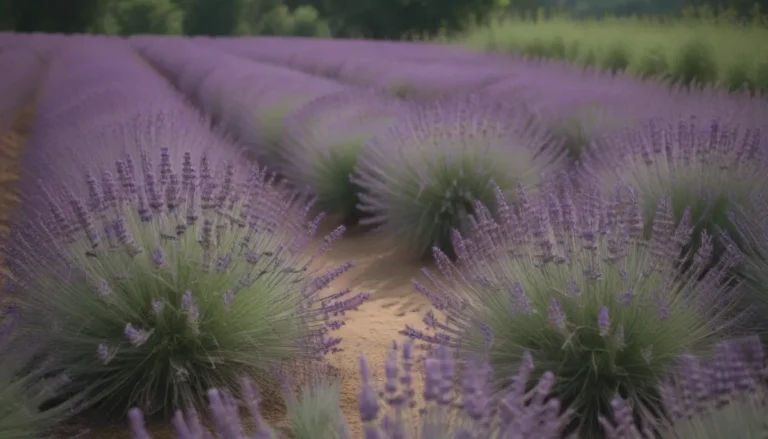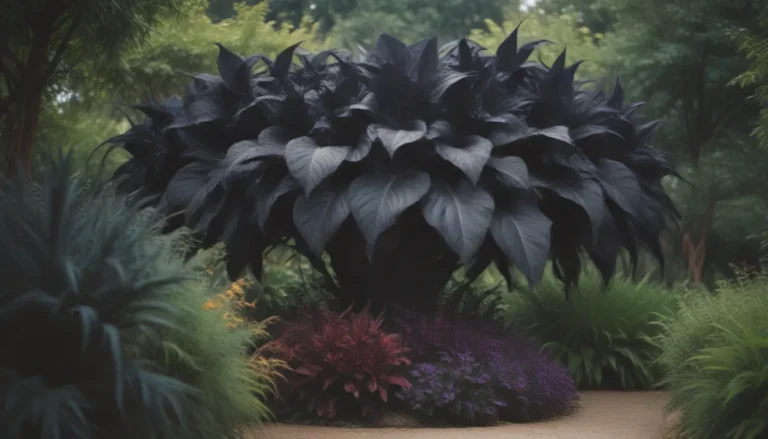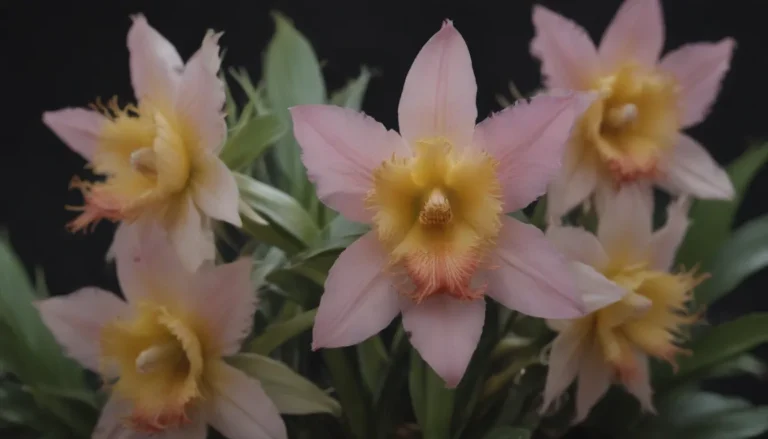The Complete Guide on How to Grow Hardy Chrysanthemums
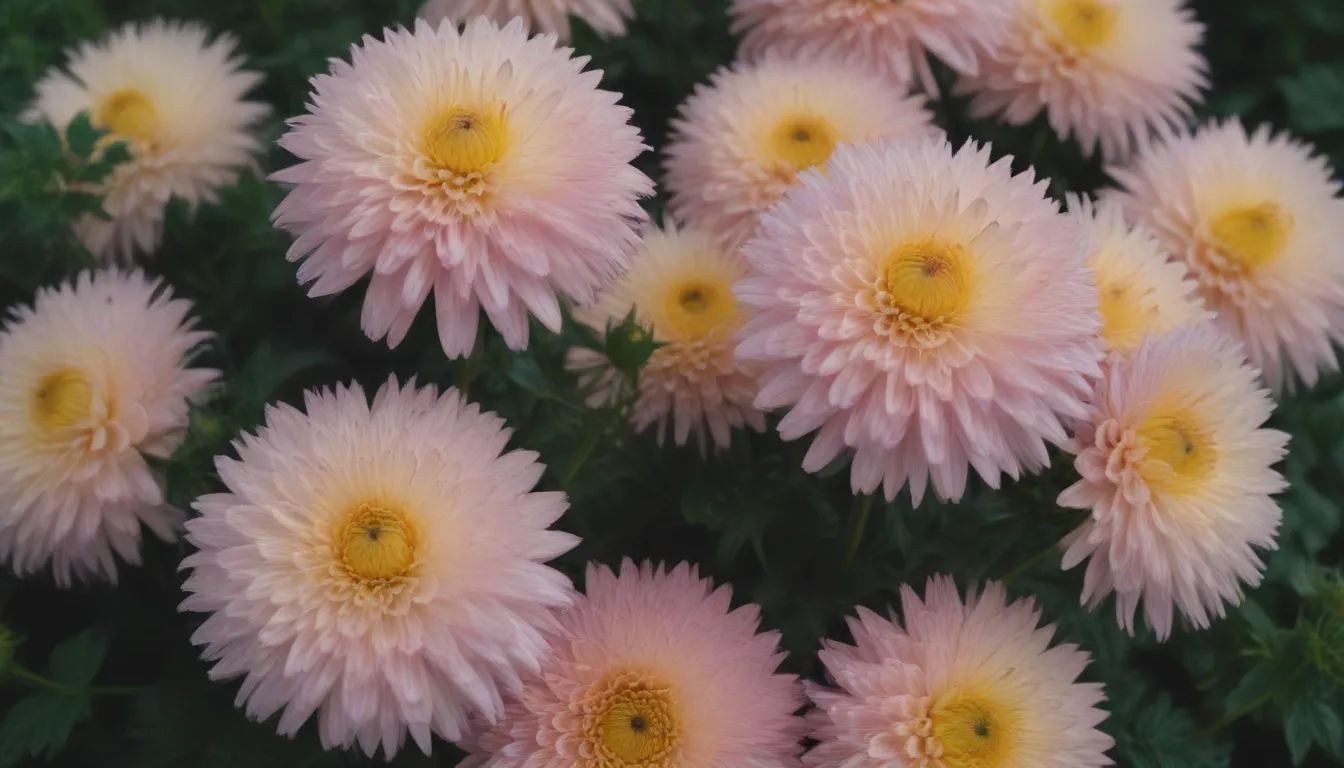
Welcome to the ultimate guide on growing and caring for hardy chrysanthemums, also known as garden mums. If you’re looking to add a pop of color to your autumn garden, these vibrant flowers are the perfect choice. In this comprehensive article, we will walk you through everything you need to know about planting, caring for, and propagating these beautiful plants. So, grab your gardening gloves and let’s get started!
Why Choose Hardy Chrysanthemums for Your Garden
Garden mums are herbaceous perennials that belong to the daisy family. They are known for their hardiness and ability to bloom in the fall, making them a favorite among gardeners. Here are a few reasons why you should consider adding hardy chrysanthemums to your garden:
- They come in a variety of jewel-toned colors, adding a pop of color to your autumn landscape.
- With proper care, they can bloom in the first growing season.
- They can be planted in containers or mixed borders, making them versatile for any garden style.
- They are easy to propagate through division, seeds, or cuttings.
Now that you know why garden mums are a great addition to your garden let’s dive into how you can care for them to ensure they thrive.
Hardy Chrysanthemum Care Tips
Proper care is essential for the health and longevity of your garden mums. Here are some key care tips to keep in mind:
Planting and Maintenance
- Plant mums as soon as the soil warms in the spring for optimal growth.
- Shear back the plant from late spring to mid-July to encourage bushier growth and delay flowering until fall.
- Fertilize regularly throughout the growing season for abundant blooms.
- Cut plants down to about six inches after blooms fade and cover with straw or mulch for winter protection.
- Lift and divide established plants every two to three years to promote healthy growth.
Light and Soil
- Mums thrive in full sun but can tolerate some shade, especially in warm climates.
- Plant them in rich, well-drained soil with a pH of about 6.5 to 6.7.
- Avoid planting mums where they might be exposed to bright nighttime light, as it can confuse their blooming cycle.
Watering and Temperature
- Mums require regular watering, especially during the early growing season and when flower buds mature.
- Ensure soil remains moist but not soggy to prevent root rot.
- Provide extra protection for plant roots in cold regions to survive harsh winter freezes.
Fertilizing and Pruning
- Feed mums with nitrogen and potassium during the vegetative phase to promote healthy roots and blooms.
- Start a feeding cycle in early spring and stop feeding after July to prevent frost damage.
- Prune mums by pinching back the center leaves every time the plant grows six inches to promote bushier growth and increase blooming.
By following these care tips, you can ensure your garden mums thrive and bloom beautifully in your garden.
Types of Hardy Chrysanthemums
There are many varieties of garden mums available, categorized by flower shape. Some popular classifications include:
- Anemone
- Pompom
- Regular Incurve
- Single or Daisy
- Spider
Shorter varieties of mums are known as cushion mums, which are perfect for borders or containers. While you can find some named cultivars at garden centers, exceptional varieties and exhibition mums may need to be grown from seeds or ordered from specialty nurseries.
Some popular chrysanthemum varieties include ‘Clara Curtis,’ ‘Mary Stoker,’ ‘Apricot Moneymaker,’ ‘Ruby Mound,’ ‘Patriot,’ and ‘Tripoli.’
How to Propagate Hardy Chrysanthemums
You can propagate mums through division, seeds, or cuttings. The most straightforward method is division, where you separate and replant sections of an established plant. Cuttings can also be rooted in water or soil to create new plants.
Growing Hardy Chrysanthemums From Seeds
While mums can grow from seeds, it’s best to use purchased seeds to ensure the resulting plant is true to the parent. Start seeds indoors six to eight weeks before the last frost date and transplant them outdoors after hardening them off.
Potting and Overwintering Hardy Chrysanthemums
Repotting is crucial for the longevity of your mums, as they can quickly become root-bound in their containers. Ensure the roots have good contact with the soil and water the plant thoroughly after repotting. Overwintering is important, especially in cold regions, to protect plants from freezing temperatures and ensure their survival for the next growing season.
Common Pests and Problems
Mums can be susceptible to pests like aphids, thrips, and spider mites, as well as fungal diseases and viruses. Regular inspection and proper care can help prevent these issues. Additionally, keeping mums in containers designed for indoor growth can help avoid common problems associated with outdoor planting.
In conclusion, hardy chrysanthemums are a beautiful addition to any garden, offering a burst of color in the autumn months. By following proper care tips and maintenance practices, you can enjoy vibrant blooms year after year. So, roll up your sleeves, grab your gardening tools, and get ready to transform your garden with these stunning flowers!
Remember to refer to reputable sources such as the Missouri Botanical Garden and Mums.org for more information on soil composition, pH, and plant management. Happy gardening!
